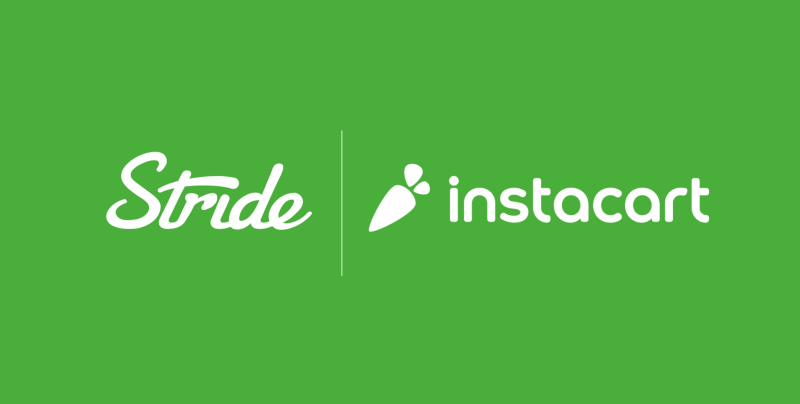Options On The Flex-Work Menu
by Heidi Glenn, National Public Radio
March 14, 2010
For those who think working 9 to 5 is all takin' and no givin' (as Dolly Parton once sang), there are options for a more flexible work arrangement. Don’t know your flextime from your job sharing? Here's a quick primer.

Flextime is when employees choose their own work hours within limits set by their employer — for example, working an 11 a.m. to 7 p.m. schedule instead of the traditional 9 to 5 schedule, or working extra hours one day to make up for shorter hours worked another day.
Telecommuting is when employees work outside the office — say, at home or on a laptop in a coffee shop. The benefit can be offered on a one-time or ad hoc basis — for example, when a commuting crisis such as a snowstorm keeps workers away from the office — or as a part-time benefit.
Job sharing is when two or more employees share one full-time job; the employees can either alternate weeks, split the workday in half or work 2 1/2 days each week, with one overlapping day.
Still another option is a compressed workweek, which means, for example, working a four-day/10-hour-day workweek or a three-day/12-hour-day workweek.
Companies can also give employees flexibility when it comes to when they take their breaks or meals. For example, mealtime flex allows employees who take shorter lunch breaks to leave early. Employers can also let workers adjust their schedules by picking up shifts or trading them with co-workers, an option called shift flexibility.
Seasonal scheduling is when employees work only a certain number of months a year. And some companies allow employees to work part of the year in one location and part of the year in another location.
Finally, a results-only work environment basically turns the traditional workplace model of work hours and meetings on its head. Under this arrangement, employees can work where and whenever they wish, as long as projects are completed on time.
Work-life experts caution that many flex-work programs appear more generous on paper than in practice and can be highly dependent on individual supervisors.
by Heidi Glenn, National Public Radio
March 14, 2010
For those who think working 9 to 5 is all takin' and no givin' (as Dolly Parton once sang), there are options for a more flexible work arrangement. Don’t know your flextime from your job sharing? Here's a quick primer.

Flextime is when employees choose their own work hours within limits set by their employer — for example, working an 11 a.m. to 7 p.m. schedule instead of the traditional 9 to 5 schedule, or working extra hours one day to make up for shorter hours worked another day.
Telecommuting is when employees work outside the office — say, at home or on a laptop in a coffee shop. The benefit can be offered on a one-time or ad hoc basis — for example, when a commuting crisis such as a snowstorm keeps workers away from the office — or as a part-time benefit.
Job sharing is when two or more employees share one full-time job; the employees can either alternate weeks, split the workday in half or work 2 1/2 days each week, with one overlapping day.
Still another option is a compressed workweek, which means, for example, working a four-day/10-hour-day workweek or a three-day/12-hour-day workweek.
Companies can also give employees flexibility when it comes to when they take their breaks or meals. For example, mealtime flex allows employees who take shorter lunch breaks to leave early. Employers can also let workers adjust their schedules by picking up shifts or trading them with co-workers, an option called shift flexibility.
Seasonal scheduling is when employees work only a certain number of months a year. And some companies allow employees to work part of the year in one location and part of the year in another location.
Finally, a results-only work environment basically turns the traditional workplace model of work hours and meetings on its head. Under this arrangement, employees can work where and whenever they wish, as long as projects are completed on time.
Work-life experts caution that many flex-work programs appear more generous on paper than in practice and can be highly dependent on individual supervisors.





